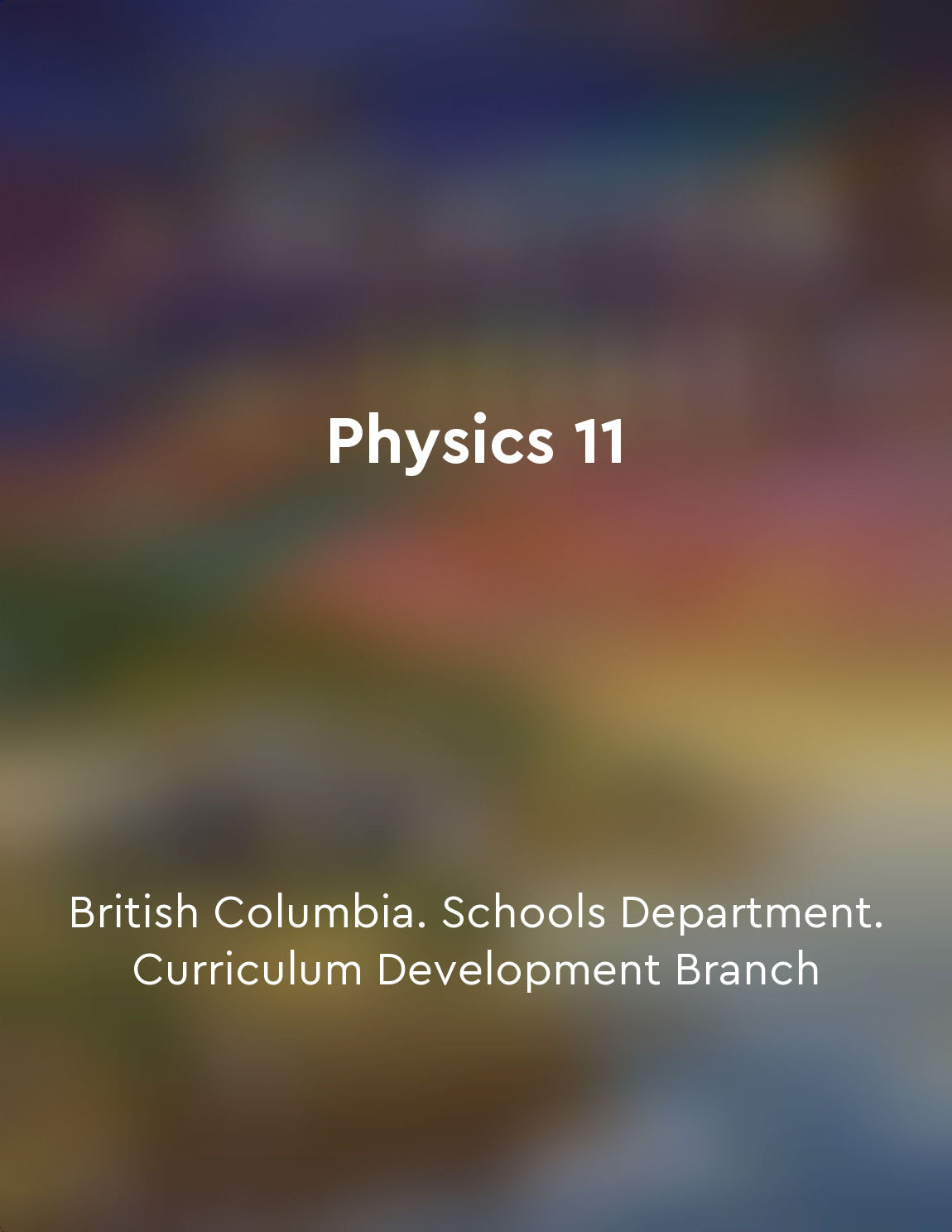Energy transfer occurs through radiation, conduction, and convection from "summary" of Physics 11 by British Columbia. Schools Department. Curriculum Development Branch
Energy transfer occurs through radiation, conduction, and convection. Radiation is the transfer of energy by electromagnetic waves. When an object is heated, it emits electromagnetic waves in the form of infrared radiation. These waves carry energy away from the object and can be absorbed by another object, causing it to heat up. This process is how energy from the Sun reaches the Earth, warming our planet and allowing life to thrive. Conduction is the transfer of energy through direct contact between particles of a substance. When a hot object comes into contact with a cooler object, energy is transferred from the hot object to the cooler one. The particles in the hot object vibrate more rapidly, transferring their kinetic energy to the particles in the cooler object, causing them to vibrate faster and heat up. This is why a metal spoon left in a hot drink will eventually become warm to the touch. Convection is the transfer of energy through the movement of fluids, such as liquids and gases. When a fluid is heated, it becomes less dense and rises, carrying heat energy with it. As the fluid cools, it becomes denser and sinks, creating a continuous cycle of movement that transfers energy throughout the fluid. This is how heat is distributed in a pot of boiling water, with the hot water rising to the surface and the cooler water sinking to the bottom.- Energy transfer occurs through radiation, conduction, and convection. Each of these processes plays a crucial role in how energy is transferred from one object to another, whether through electromagnetic waves, direct contact, or the movement of fluids. Understanding these mechanisms is essential for comprehending how energy moves through the world around us.


